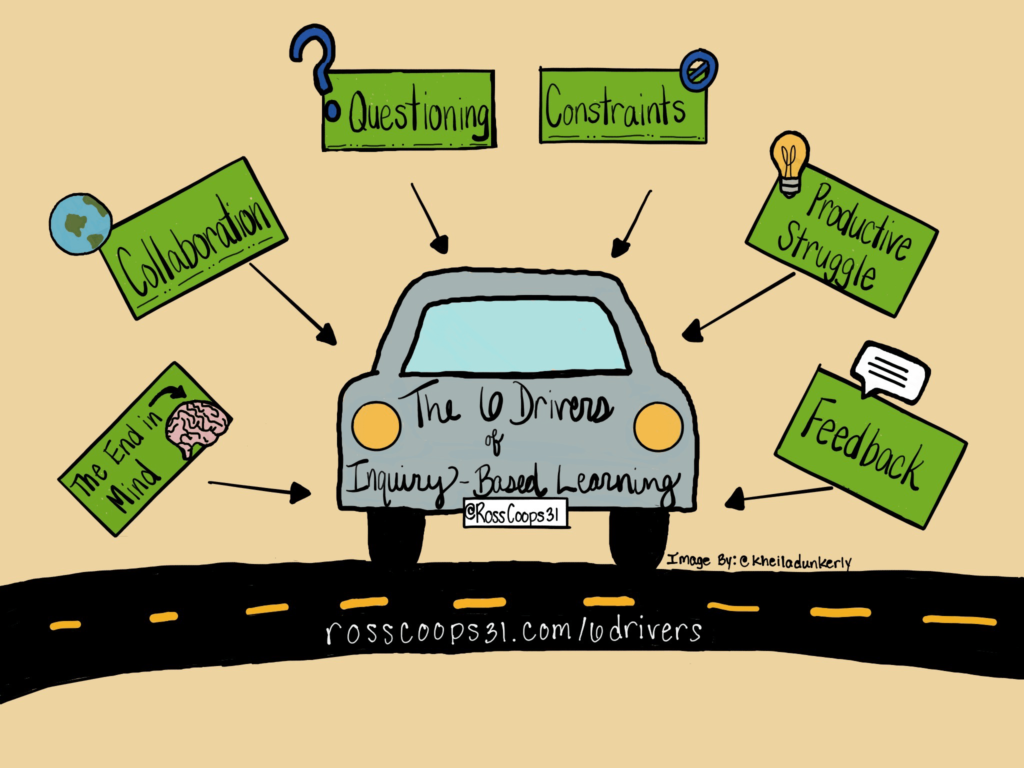By developing my inquiry project, I first learned that inquiry needs to be integrated with the actual society and world. Most of the learning happens when it must be turned into the real world (Creadon,2012). Inquiry combined with the real world can make students connect with their own life experiences in the process of inquiry and resonate. Moreover, the combination of inquiry and real-life increases students’ interest, and students can apply what they have learned to real life. Second, inquiry increases the imagination of students and promotes their learning and thinking skills. Imagination is the source of novelty and creativity, it greatly enriches the ability of rational thinking, and imagination is an important tool to stimulate effective learning (Egan & Judson, 2015). As the subject of exploration, students can make full use of their imagination to create and draw conclusions, and the teacher only plays a guiding role in the inquiry process and does not interfere with the student’s ideas. Therefore, in the process of inquiry, the thinking and learning of students are effectively developed.
In the process of designing the inquiry project, I encountered some challenges and problems. One of the challenges I encountered in develop my inquiry projects was the inquiry lesson activities design. The inquiry-based pedagogy is an unfamiliar teaching method to me because I have not experienced this kind of teaching method in my Chinese learning experience. I am not sure which classroom activities can assist students in exploring the core problem. However, in the feedback, my peers provided me with class activities and lesson plan resources related to my project topic, and these resources helped me design relevant classroom activities for inquiry problems. Another challenge of my inquiry project design is the management of project progress and inquiry lesson time. Because the time required for each student to understand and think about the content is different, it is difficult for me to ensure that the time I plan can meet each student’s needs. There was a problem with my time planning in the demonstration course, which resulted in not all class activities being completed. My peers suggested that I simplify the problem statement and show the problem before watching the video so that students can think about the problem while watching the video. Therefore, in subsequent lesson plans, I present questions before the beginning of class activities and provide students with examples to assist students in answering.
Based on my peers’ and instructor’s feedback, I added some pictures to my blog and the subtitle in front of the activities introduction for easy reading. Moreover, in order to ensure the diversity of my inquiry projects, this inquiry project focuses on Tiktok and other social media applications for students to explore.
If I can design this project again, first, I will integrate location-based education into my inquiry project to promote the integration of my project into real life. Place-based education can enable students to have a sense of belonging to the family community and region, develop problem-solving skills, cooperate with others, and cultivate a sense of responsibility for the natural environment (Smith, 2016). Therefore, while accumulating discipline knowledge, students have established a connection with the natural environment and community where they live. Second, I will provide students with a reflection and questioning section at the end of each stage of the project to explore the next stage with more complete ideas.
